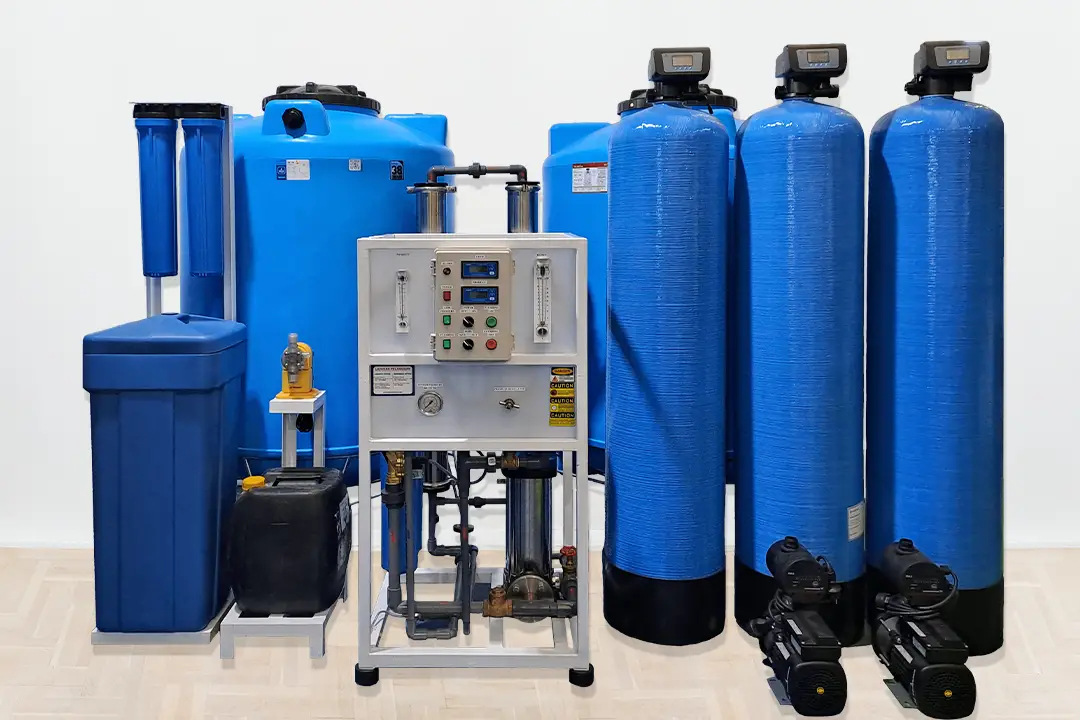Reverse Osmosis is a water treatment technology that utilizes a semipermeable membrane to filter water through pressure. This process results in purer water by removing dissolved minerals and particles that other filtration methods may not eliminate.
Reverse Osmosis operates by first introducing water into the system through pre-filters that remove larger particles and sediment. The water is then pumped through the semipermeable membrane, effectively filtering it to eliminate most dissolved minerals and particles.
The Reverse Osmosis system has become a highly effective method for purifying water for various applications, from drinking water to industrial needs. Reverse Osmosis can remove a wide range of dissolved substances, including minerals and heavy metals, resulting in clean, ultra-pure water that is safe for use. Let’s explore how Reverse Osmosis systems work and their benefits.
Benefits of Reverse Osmosis
Reverse Osmosis offers numerous advantages not only for consumption but also across various industries such as healthcare and food and beverage (FnB). Some key benefits include:
- Removal of Harmful Substances, Reverse Osmosis can effectively eliminate various harmful substances in water, including heavy metals like lead and mercury, as well as minerals such as chlorine and fluoride. This process is crucial for producing safer, cleaner water for drinking and industrial applications.
- Maintaining Water Quality, Reverse Osmosis systems help maintain water quality by removing dissolved particles that can damage equipment and infrastructure, such as pipes and machines. By eliminating minerals and dissolved particles, Reverse Osmosis can also reduce corrosion and extend the lifespan of equipment and infrastructure.
- Cost Efficiency, although the initial installation cost for an Reverse Osmosis system may be higher than other water filtration methods, it can save money in the long run. Since Reverse Osmosis produces purer, cleaner water, there is no need for additional treatment, meaning you won’t have to buy bottled or gallon water once you have an Reverse Osmosis system in place.
- Environmental Friendliness, Reverse Osmosis systems can contribute to environmental protection by reducing the amount of waste generated in water treatment. Because the water produced is purer, less waste is created. This helps mitigate negative environmental impacts and promotes a cleaner and healthier ecosystem.
- Ultra-Pure Water Quality, in the healthcare sector, Reverse Osmosis is used for various purposes, including sterilizing surgical instruments. Surgical tools must be extremely sterile, as even the slightest contamination can jeopardize a patient's life. Therefore, the water used to clean these instruments must meet ultra-pure standards.
Overall, Reverse Osmosis technology plays a vital role in ensuring access to safe and clean water across multiple sectors, benefiting both individuals and industries.

